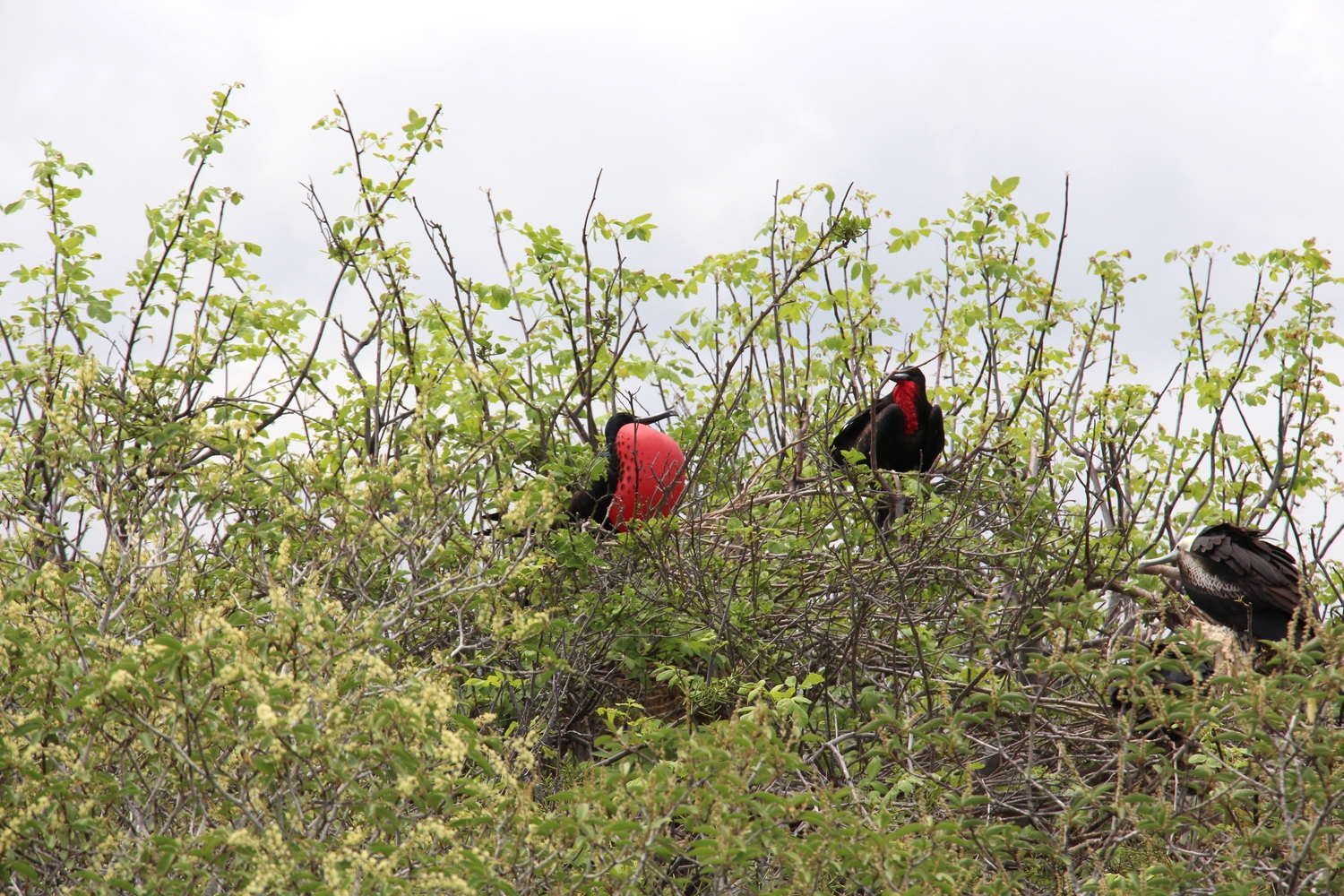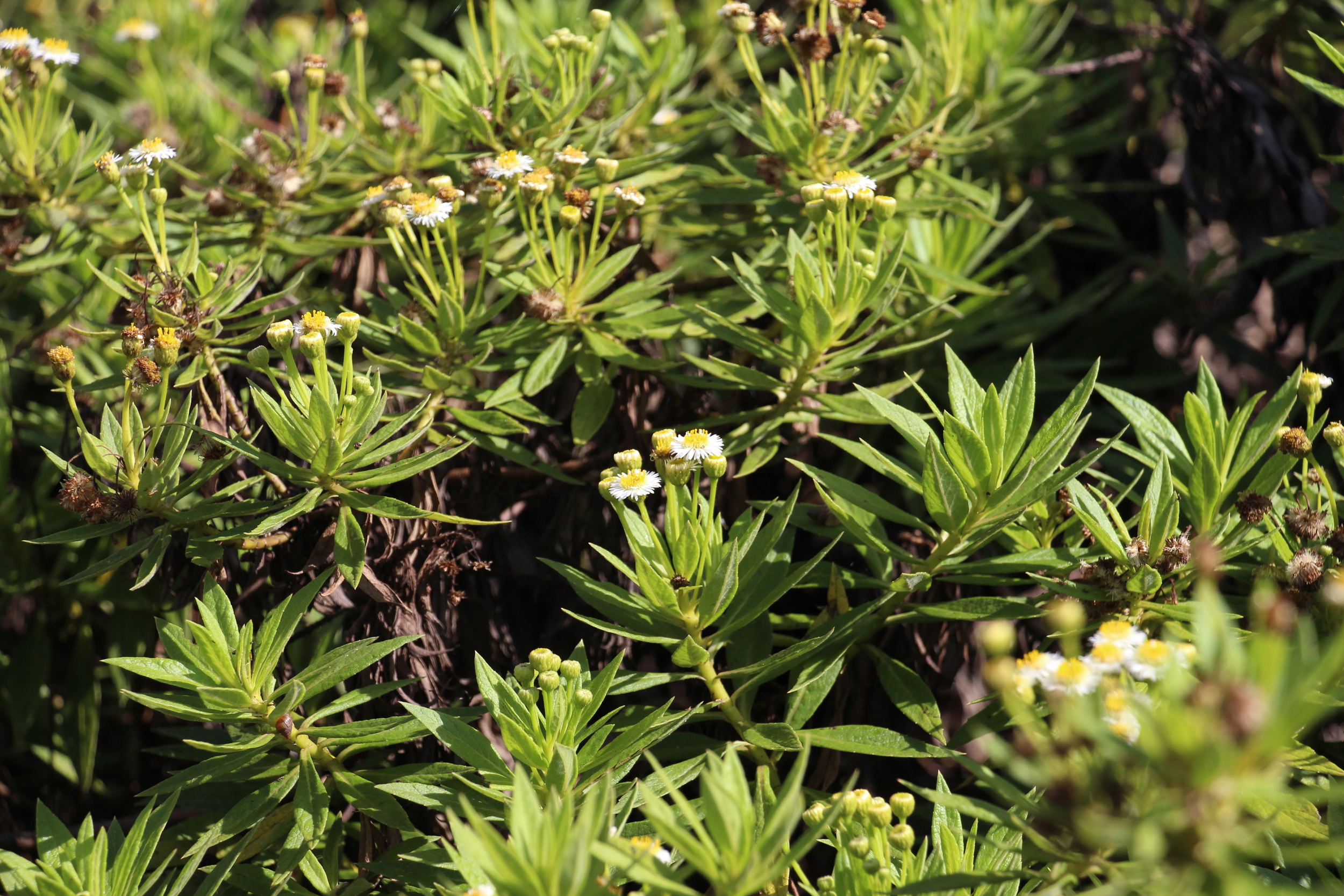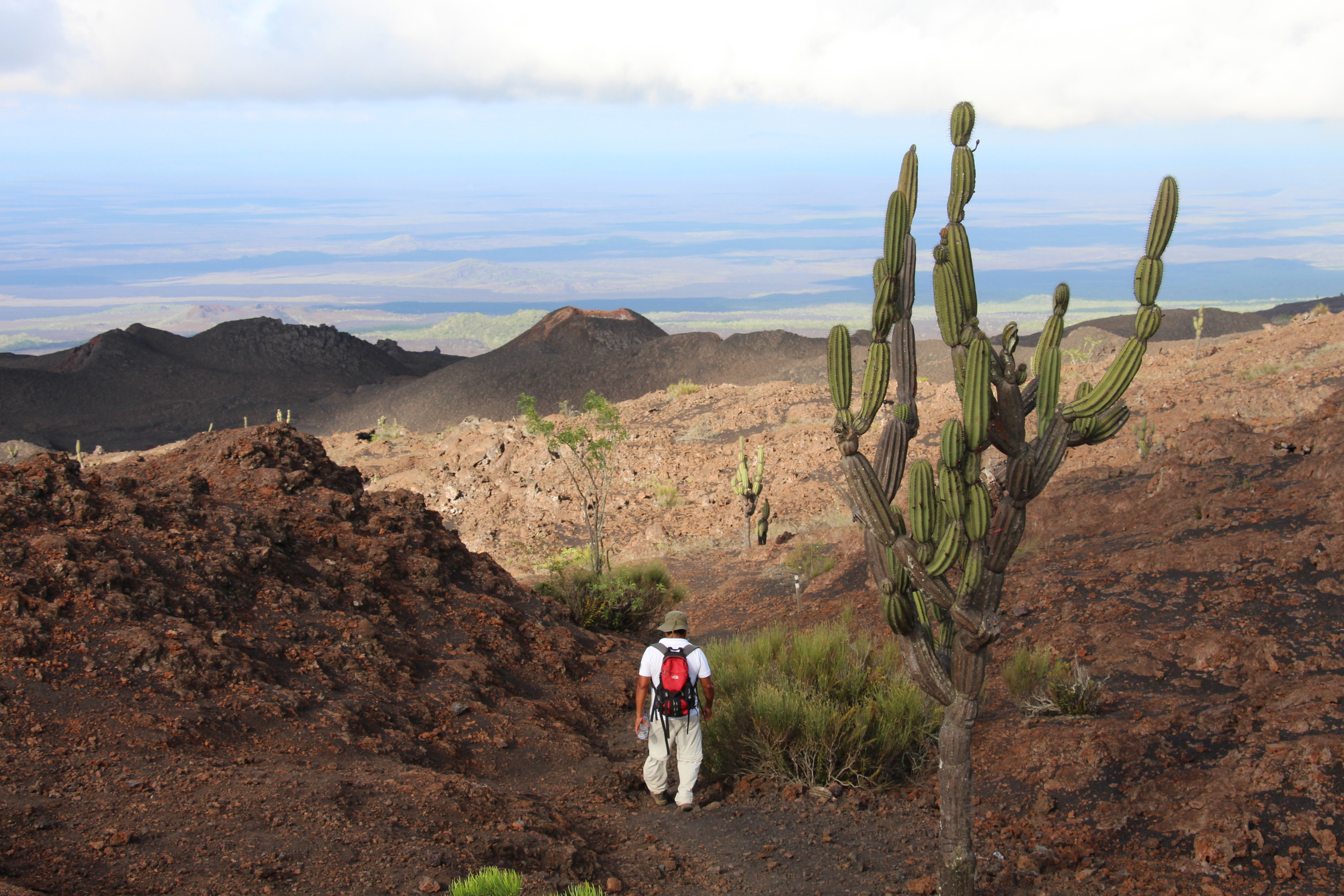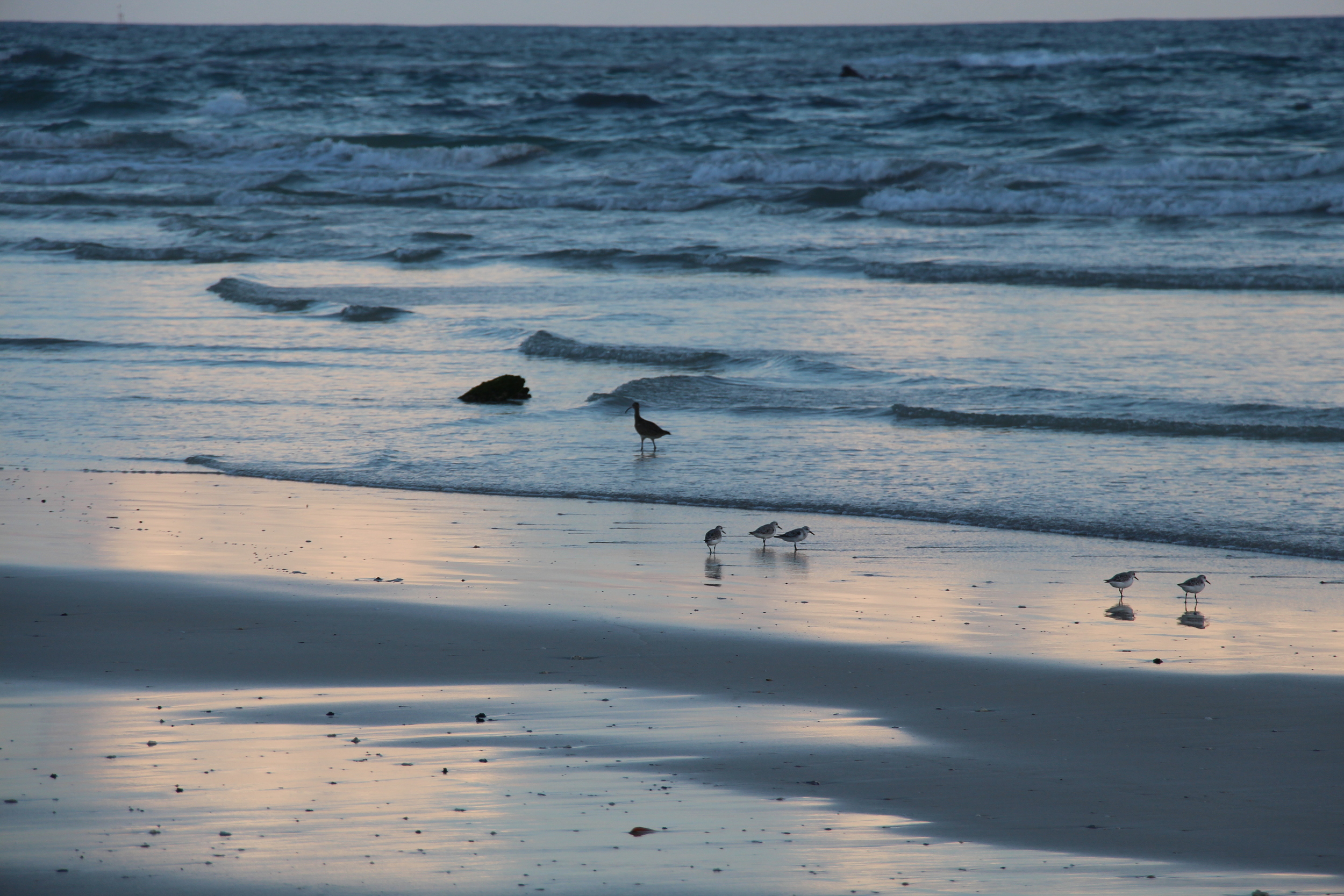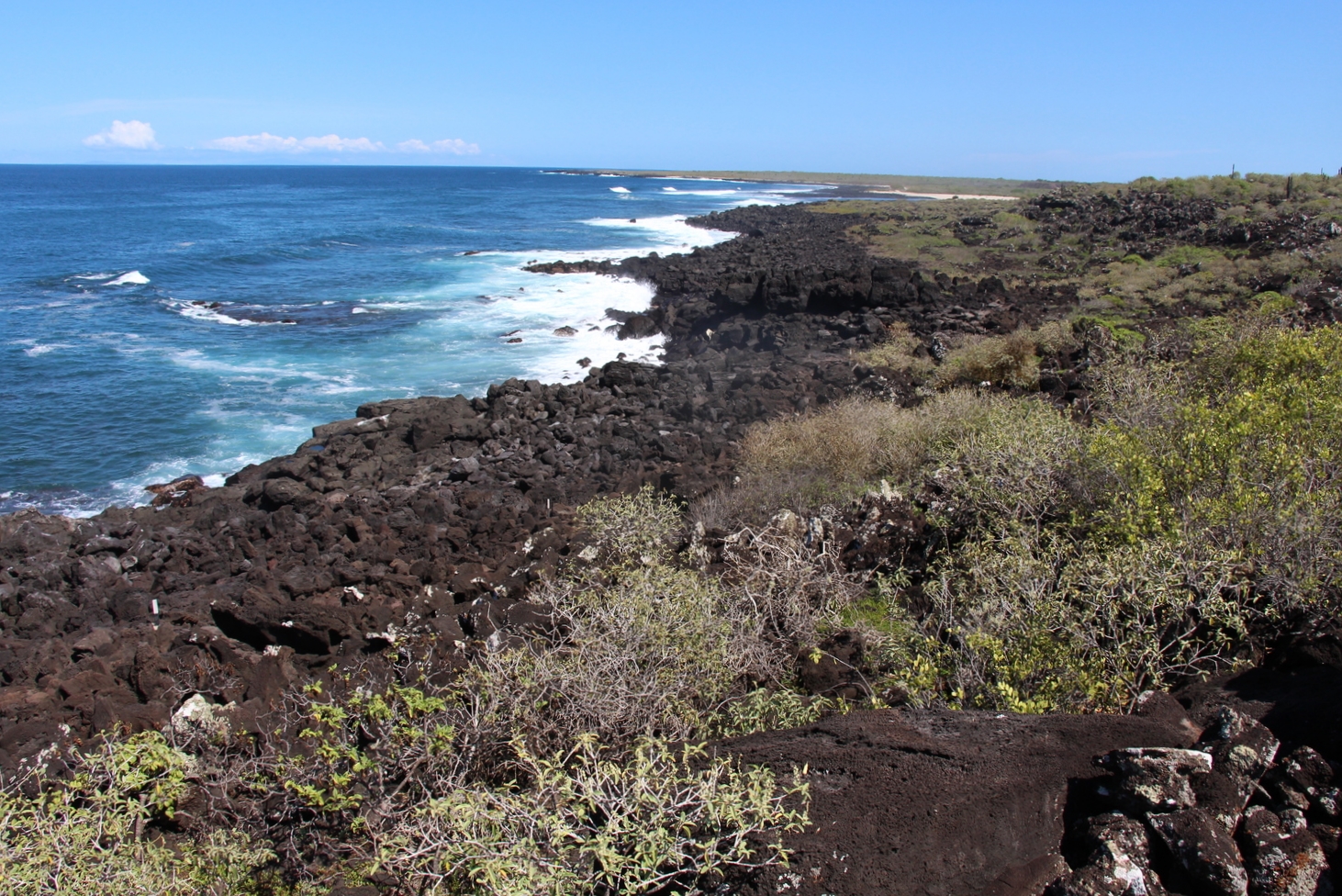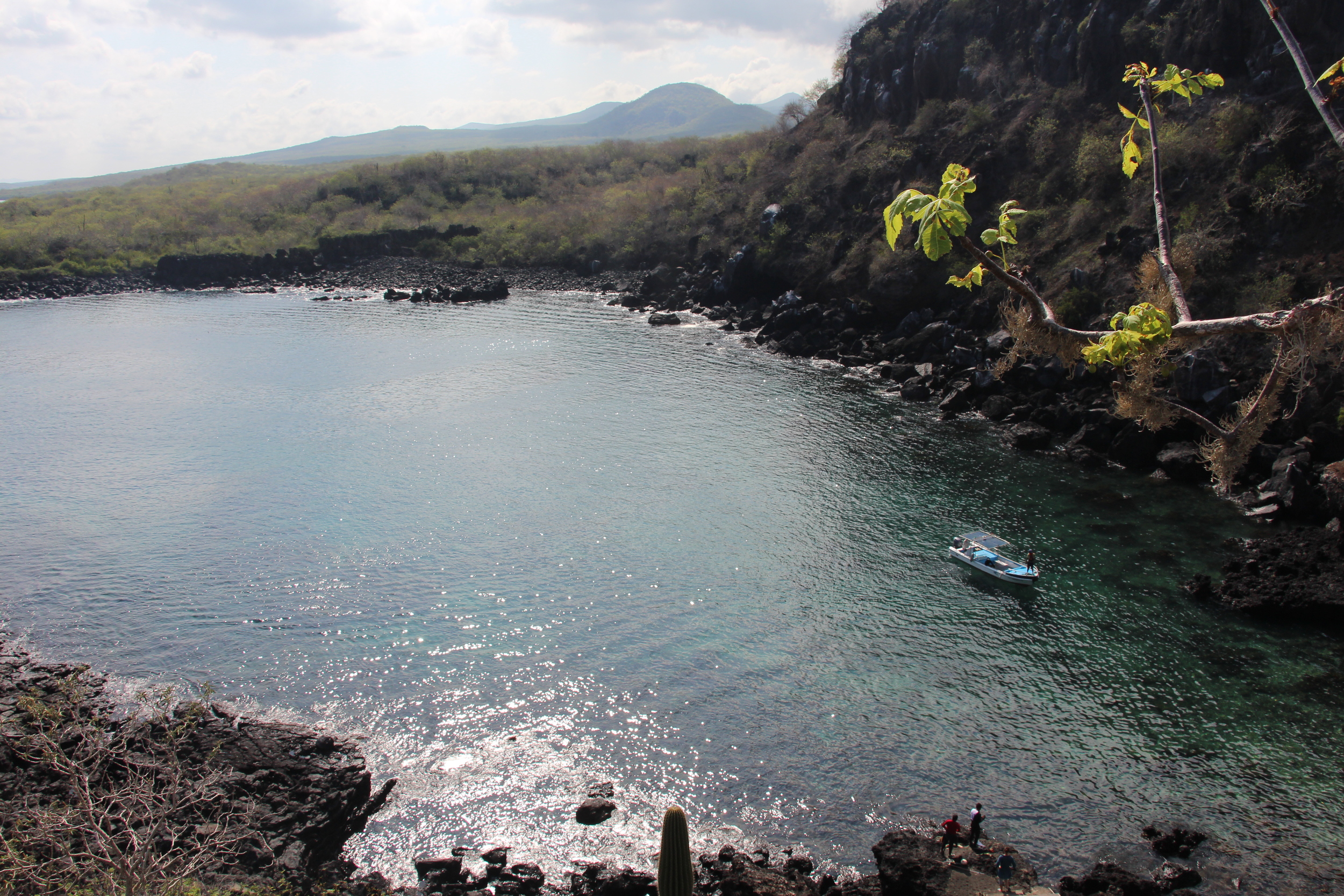Mention the Galapagos Islands and most minds turn to oversized tortoises, blue-footed boobies or maybe Charles Darwin and his theory of evolution.
There is, however, a small coffee industry on the volcanic rocks that sit in the Pacific Ocean, about 900 kilometers west of the Ecuadorian coast. And as we discovered on an amazing trip to the Galapagos earlier this month, the beans they produce are surprisingly good.
Surprising (at least to us), as the best Arabica is typically grown at altitudes over 1500 metres in mountain ranges like the Andes in Colombia or the Ethiopian Highlands.
As we sat in a café surrounded by sea lions in the main town on San Cristobal island, we wondered how it was possible to produce such a smooth and flavorsome brew as the one we were sipping.
The answer, according to Nicolas Malon, is microclimate.
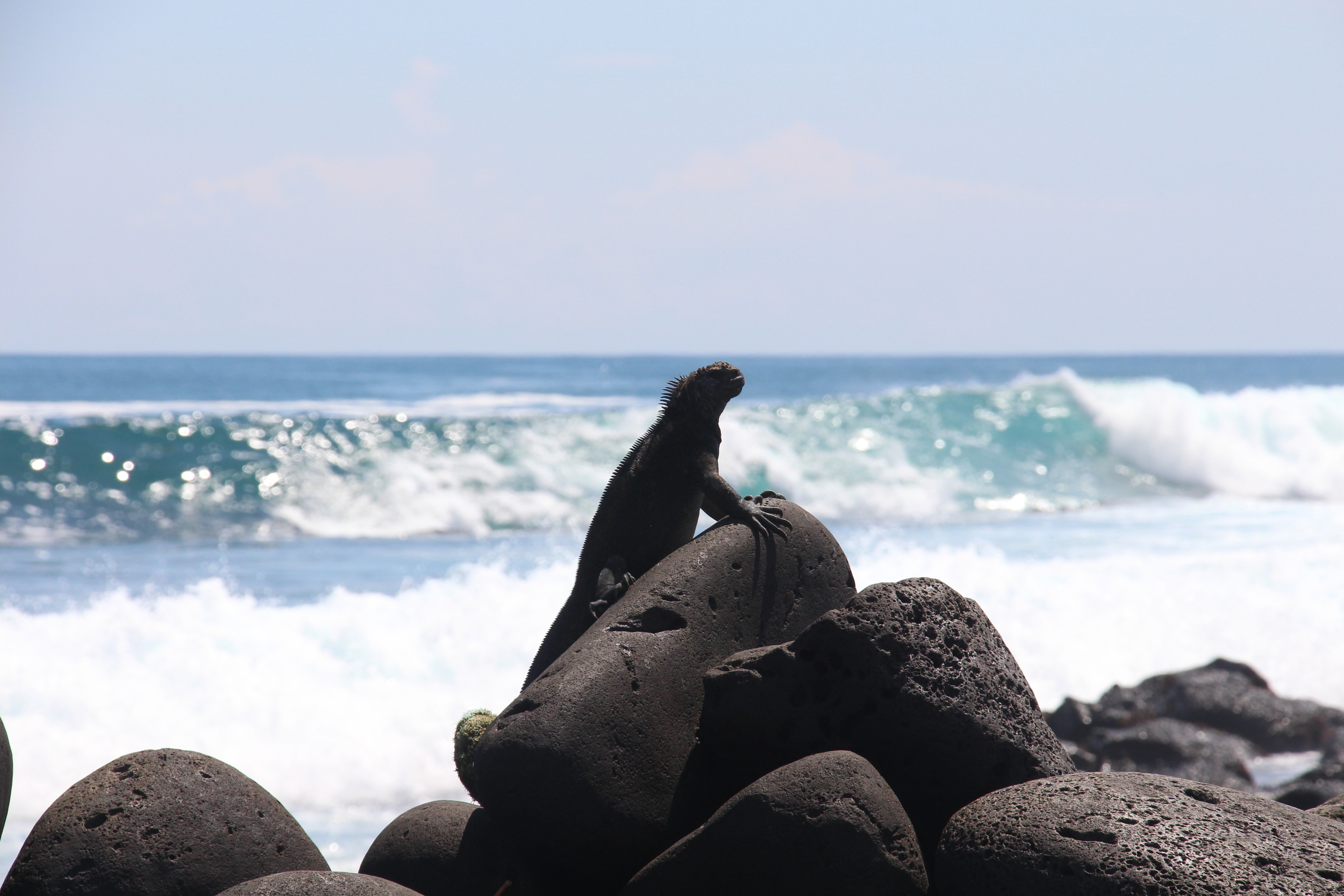
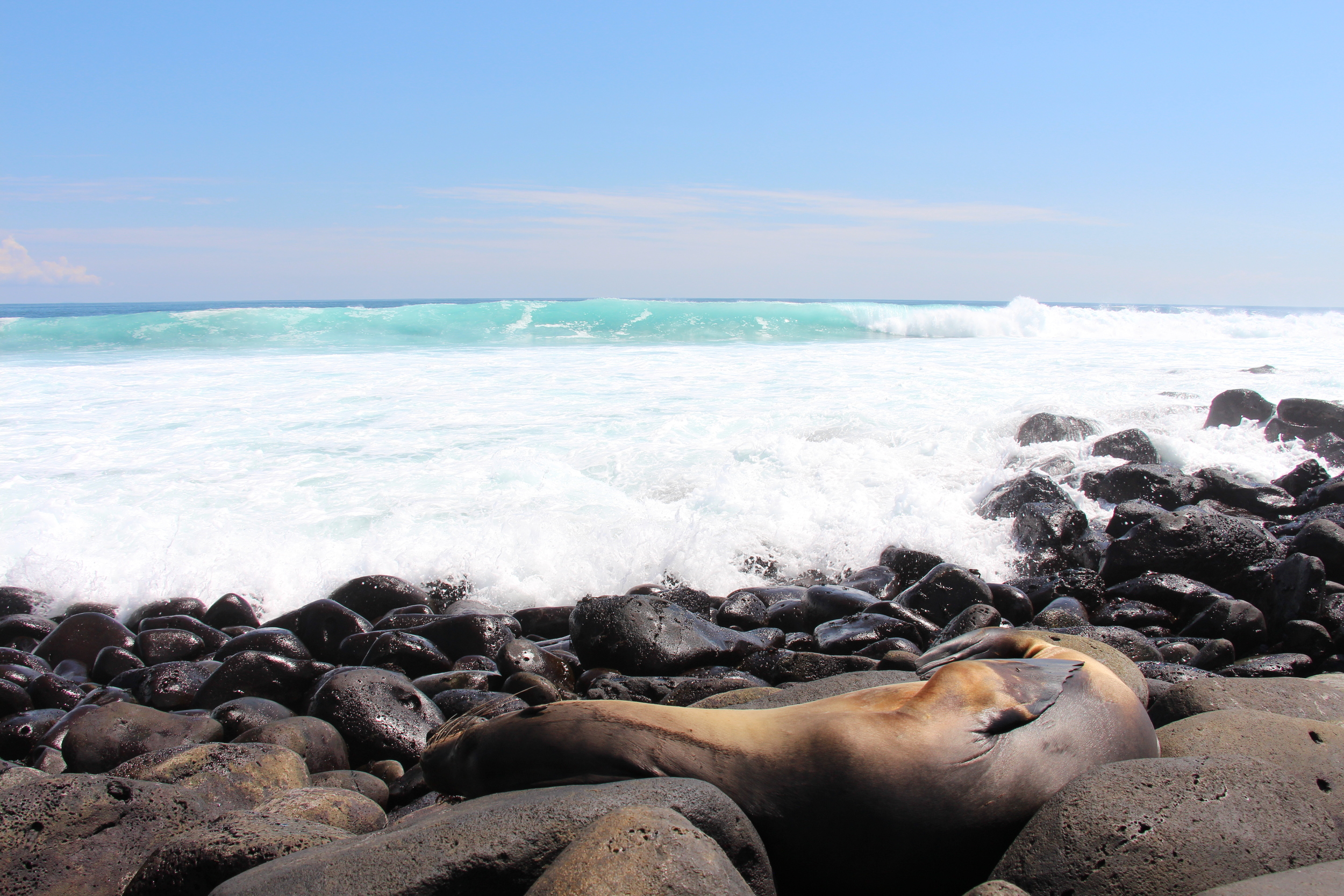
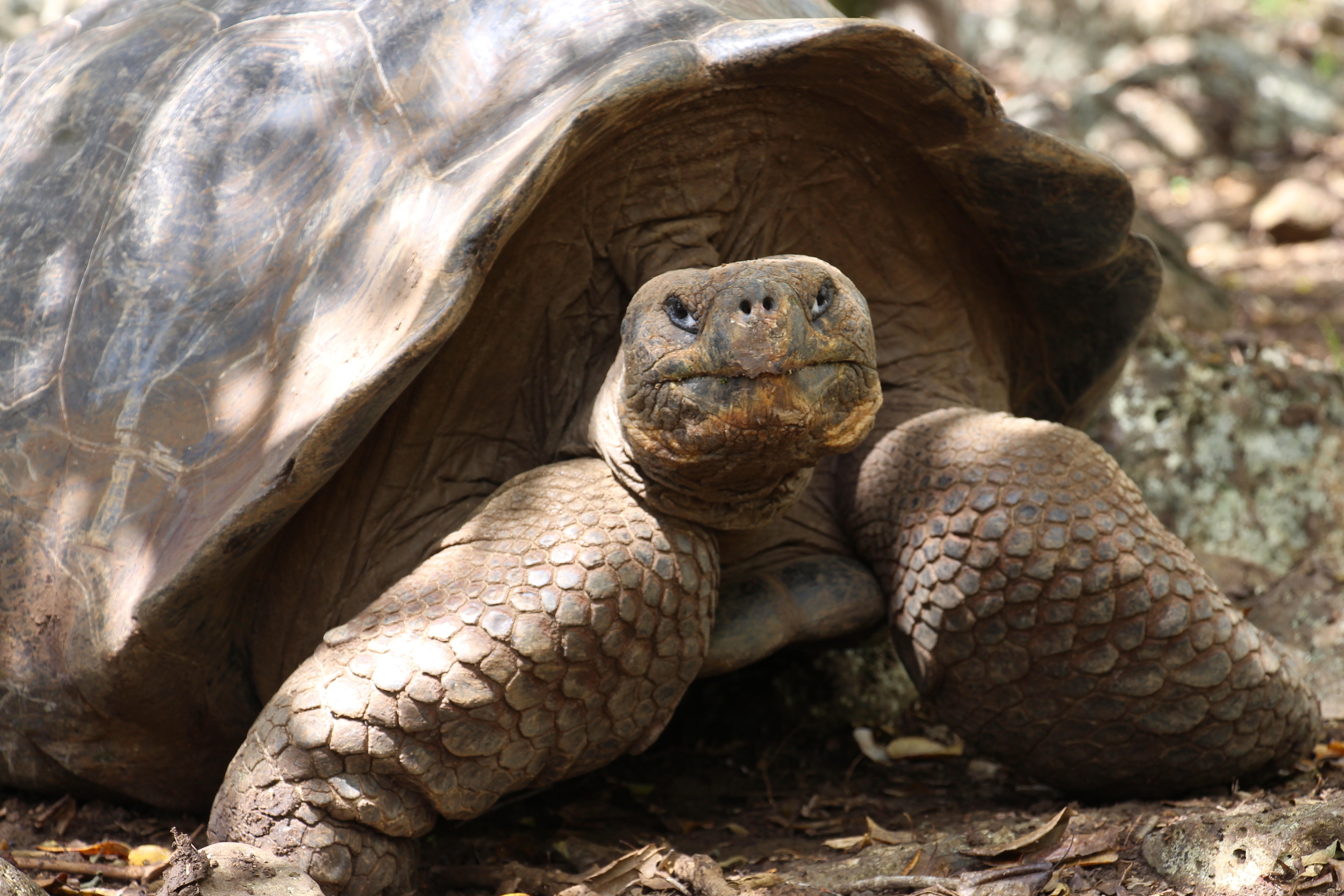
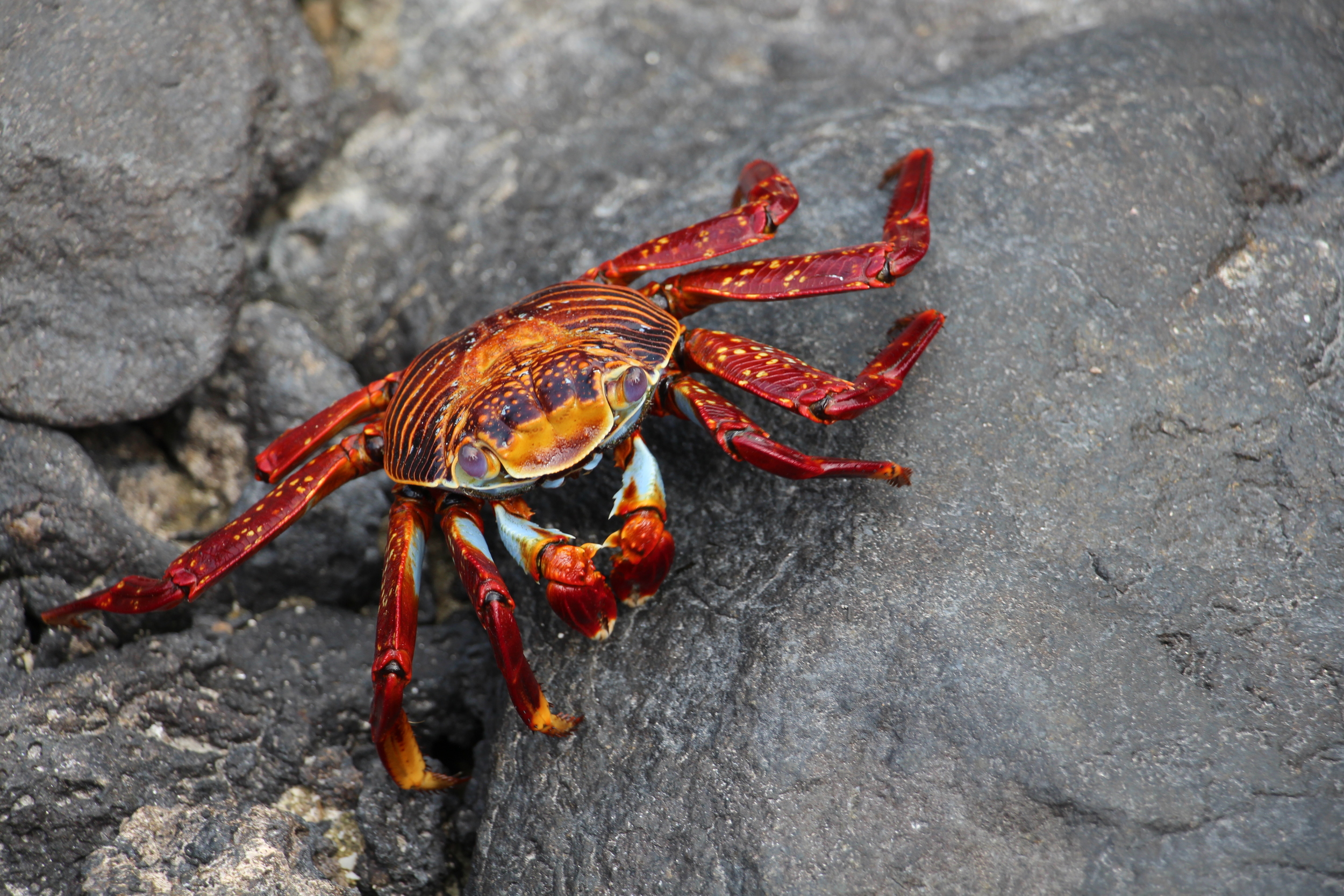
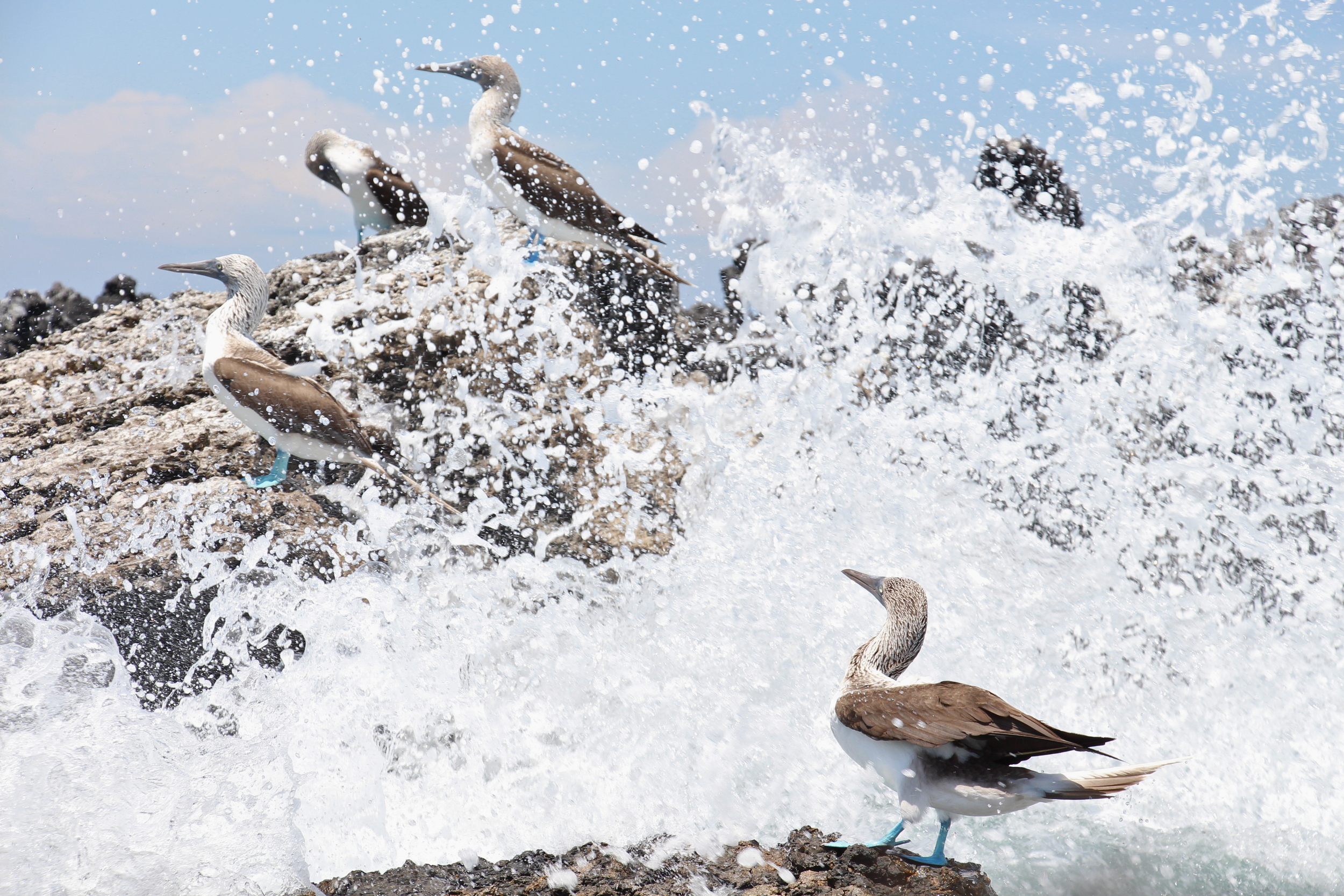
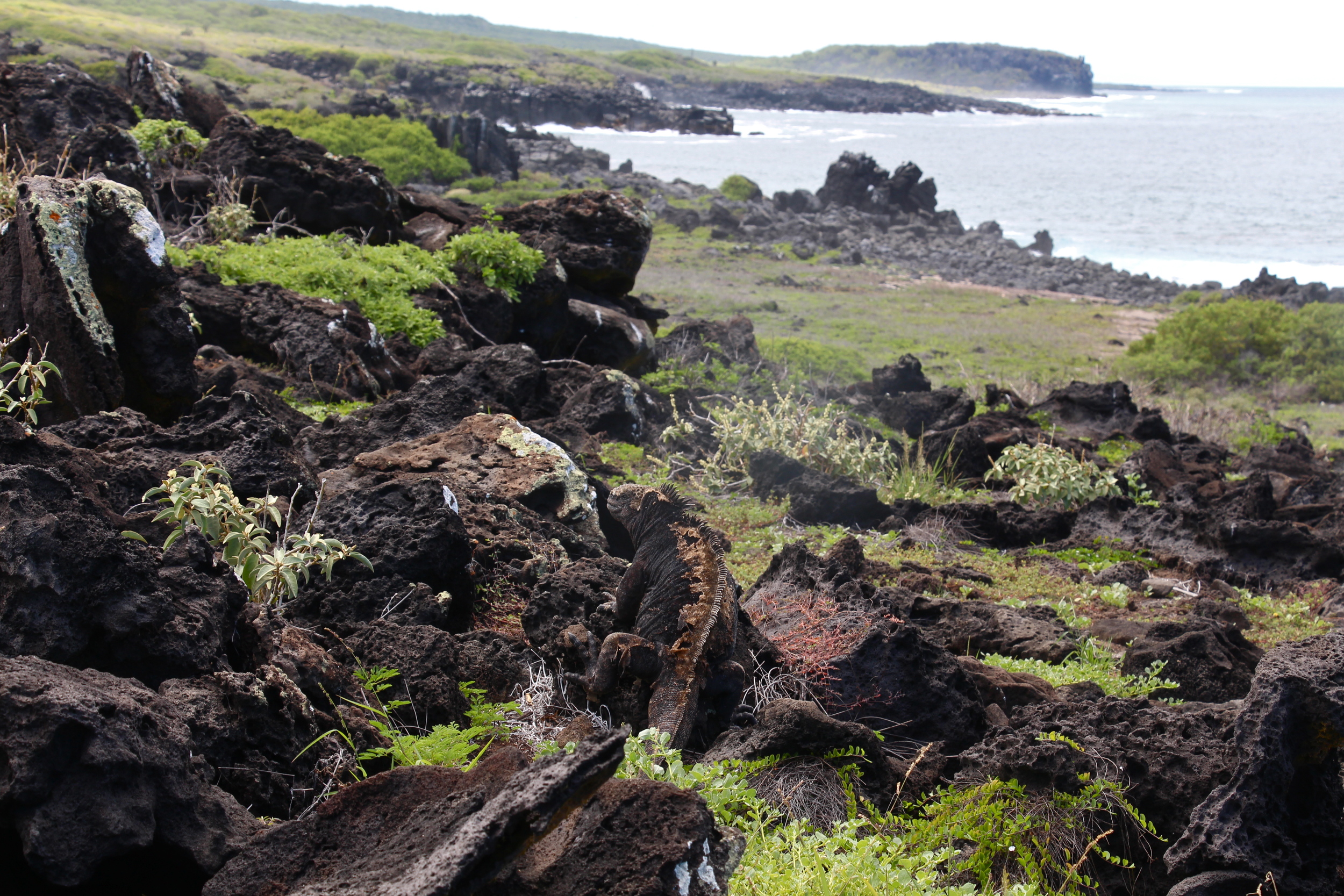


Nicolas is head administrator at Hacienda El Cafetal, San Cristobal’s main coffee plantation. We met him at the Mockingbird café where he told us about the island’s relationship with coffee while treating us to an improvised tasting session.
Manuel Julián Cobos brought coffee and sugarcane to the Galapagos in 1879. The red bourbon variety to be specific. Since then, like the sea iguanas and numerous finch species, the coffee has adapted well to the volcanic soil and the island’s unique microclimate, shaped by the Humboldt sea current.
Arriving from the South, the cold current hits the hills of San Cristobal and creates low lying clouds during the 'Garua' dry season (June to November), creating conditions similar to those at altitudes three or four times higher, Nicolas says. Thanks to this specific microclimate, Hacienda El Cafetal successfully grows coffee at an altitude between 140-350 metres.
The 500-hectare farm is organic, certified by the Organic Crop Improvement Association (OCIA), with coffee grown under the shade of avocado, guava and the native scalesia and matasarnos trees. In fact, in line with bird-friendly certification rules, they are required to have about 8-12 species of tree in a 25m-radius circle.
This diversity and the Galapagos’ unique climate and soil helps produce the great coffee, Nicolas explained as he monitored two cocktail blenders and took orders.
Despite restrictions on machinery use and the bureaucratic difficulties in bringing workers over from mainland Ecuador during harvest time, Nicolas and his team at El Cafetal are producing a well-balanced coffee with great body and delicious notes of nougat.
If only it were more available throughout the archipelago (where a cup of luke warm instant coffee can set you back $2.50!!) About 70% of the production is exported because at $30 a pound, it’s expensive for sale in most local bars where the culture of good coffee has yet to take off.
Luckily that doesn’t diminish the truly unique experience one gets from a visit to these impressive islands.
